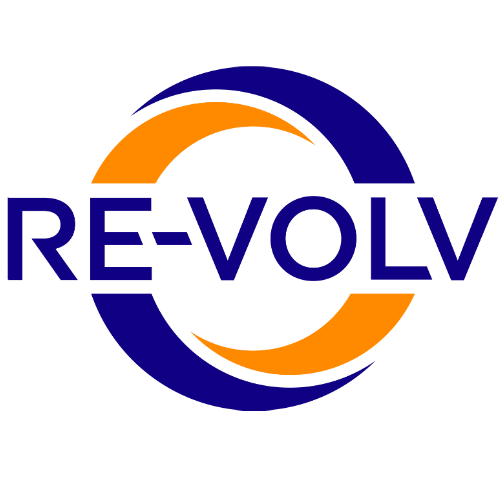It is always in a nonprofit's best interest to save money in order to fund their cause. Of course, the electricity bills of a nonprofit organization can hinder the capacity at which they can serve the community. Lower operational cost means more funding for fundraising and program cost, which is why it would be beneficial to go solar in the long term.
Positive Interactions With The Community
It's likely that community members would primarily support a nonprofit that is going solar. Community members know that when a nonprofit organization goes solar, it becomes even more of an inspiration. It raises questions of the how and the why, which can in return cause them to find their own ways of saving on electricity plus becoming more sustainable for the environment as well. This is a path to teach children in the community the importance of going solar, causing future generations to shift their ideologies in terms of creating a sustainable world. The cost of your solar system can be high, but the return on investment doesn't only come in the form of monetary funds, but a growing number of human beings willing to support the mission of envisioning a better environment and lifestyle for everyone.
What is the Inflation Reduction Act?
The IRA aims to put a down payment on deficit reduction to combat inflation. Some highlights of the act include extending the Affordable Care Act program, investing in clean energy through domestic energy production and manufacturing, and finally, ensuring families making $400,000 or less pay no new taxes. In respect to solar, the Inflation Reduction Act contains incentives for solar energy and energy storage. This includes a solar investment tax credit which will reduce 30% off of your solar system. With such a huge incentive, communities and nonprofit organizations can utilize clean energy at a much more affordable price.
Financing Options for Nonprofits Going Solar
Direct ownership:
This is when the nonprofit purchases the solar system for their property and will own all of its electrical output. Opting for this payment method fits an organization that can arrange for financing, offer cash upfront, take advantage of state incentives and grants, or raise the funds that will cover the cost of the solar project.
Third-party ownership:
Some states do not allow third-party ownership. Third-party ownership allows a separate entity of the nonprofit organization to own and operate the solar system for the organization. In return, the nonprofit will pay the third party for the energy the solar panels generate on a monthly basis. Usually, nonprofits opt for this financing method if they do not have the funds to purchase their system outright, especially since nonprofits are traditionally tax-exempt. Fortunately, the recent passage of bills such as the Inflation Reduction Act provides incentives that support nonprofits in their journey by reducing the taxes that must be paid. The Inflation Reduction Act of 2022 grants a 30% tax credit for the installation of nonprofit solar systems. This is the opportunity to take advantage of the tax credit since the percentage will reduce to 26% in 2033.
Power Purchase Agreement (PPA) :
A financial agreement where a developer lays out the design, permitting, financing and installation of a solar power system on a client’s property. A solar power purchase agreement (PPA) may cost little to no money. The power generated at the client’s location would be sold by the developer at a fixed rate generally lower than the local retail rate. Typically, contracts between the two parties last from 10 to 25 years, as the developer is responsible for the maintenance and operation of the solar system during the duration of the contract. Once the contract has ended, it is possible for the client to either remove the solar system from their property or purchase the system from the developer.
If a nonprofit decides to enter a Power Purchase Agreement to obtain their solar system, there are a few things to consider. First, it is important to note that there are credits involved (solar renewable energy credits) which show how much electricity has been produced by your solar system. Solar renewable energy credits (SREC for short) are usually owned by the developer, who can sell these credits in the form of data for marketing purposes. Secondly, the developer is responsible for operational and maintenance costs, but nonprofits will still have to invest in rooftop repairs and removing obstructions within the area with their own funds.
RE-volv Solar Seed Fund
Solar nonprofit organization RE-volv serves nonprofits across the country by financing their solar projects. RE-volv has created an innovative solar financing model called the Solar Seed Fund that reinvests the payments they receive from nonprofits which are invested back into other nonprofits, houses of worship, and cooperatives interested in going solar. In doing so, organizations save an average of 15% on their electricity bills, granting them the ability to invest in their mission and the communities they serve.
Investing in solar will be beneficial for nonprofits in the long term. As electricity rates rise, harnessing the power of solar energy will stabilize your electricity bills. Get involved with RE-volv to go solar and reduce your carbon footprint and of course, your electricity bill.
